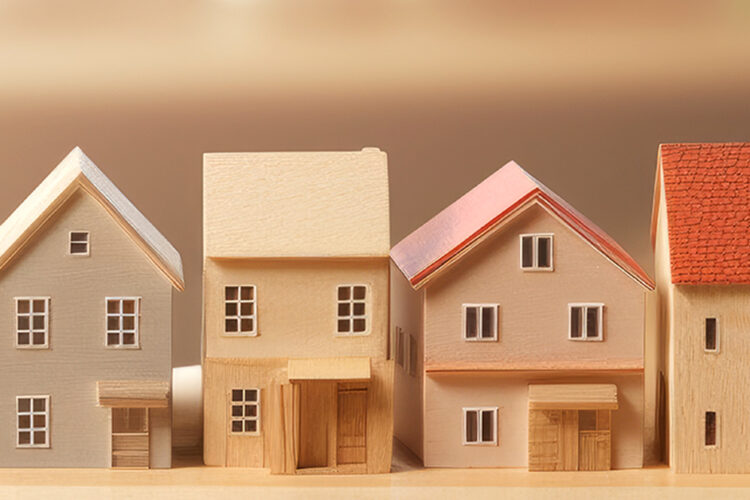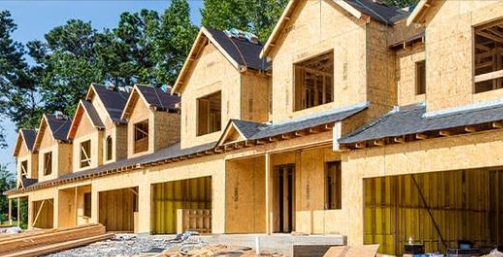National home prices have reached new heights for the month despite rising interest rates and an easing in price growth.
CoreLogic’s latest national Home Value Index (HVI) rose by 0.6 per cent in November, marking the smallest monthly gain since the beginning of the current growth cycle in February 2023, however, the national HVI has still achieved a record high in the month.
Since the drop of 7.5 per cent from the April 2022 peak through to a trough in January 2023, housing values have increased 8.3 per cent over the past 10 months, indicating a “V” shaped recovery.
Meanwhile, PropTrack’s Home Price Index has revealed that national home prices rose 0.22 per cent in November “to peak levels”, up 5.53 per cent so far over the year and 1.29 per cent above the previous March 2022 peak.
According to PropTrack, home prices have “proved resilient” to the effects of the Reserve Bank of Australia’s (RBA) monetary policy tightening, however, it did also note a slowdown in price growth as more properties hit the market.
Despite the HVI reaching record levels, CoreLogic has found that three capital cities recorded a decline in values over November, with Darwin down 0.3 per cent, while Melbourne and Hobart both fell by 0.1 per cent.
CoreLogic research director Tim Lawless stated that these capitals continued to show “remarkably low levels of advertised supply while purchasing activity is holding above average levels”.
“This imbalance between available supply and demonstrated demand is keeping strong upwards pressure on housing values across these markets, despite the downside factors leading to weaker housing market conditions across the lower eastern seaboard,” Mr Lawless said.
Mr Lawless added that the November rate hike has – as he predicted – “clearly taken some heat out of the market”, however, he noted that factors such as rising advertised stock levels, deteriorating affordability, and low consumer sentiment are “acting as a drag on value growth in some markets”.
Furthermore, Sydney recorded its smallest monthly gain during the recovery cycle to date, up by 0.3 per cent. CoreLogic noted that Australia’s largest capital could follow Melbourne’s lead and see home values either drop or stabilise in December.
Perth, on the other hand, recorded accelerating housing values with its largest monthly increase since March 2021 at 1.9 per cent, followed by Brisbane (1.3 per cent) and Adelaide (1.2 per cent).
PropTrack’s Home Price Index also noted a slowdown in Sydney’s prices, despite reaching record highs in November, up by 0.32 per cent, and representing an increase of 8.27 per cent so far over the year and 1 per cent above the February 2022 peak.
The Home Price Index recorded increases in all state capitals (excluding Darwin, which fell by 0.12 per cent), with Perth coming out on top once again with an increase of 0.74 per cent month on month.
This was followed by Adelaide (0.34 per cent), Sydney, and ACT (0.32 per cent); Brisbane (0.20 per cent); Melbourne (0.04 per cent); and Hobart (0.03 per cent).
PropTrack senior economist Eleanor Creagh said that the impacts of higher interest rates over 2023 have been offset by strong housing demand sustained by record net overseas migration, low unemployment, tight rental markets, and home equity gains working alongside limited housing stock.
“Despite interest rates climbing again in November and the flow of listings hitting the market increasing, housing demand has remained strong and national prices have now risen for 11 straight months,” Ms Creagh added.
“Meanwhile, the sharp rise in construction costs and labour and materials shortages have slowed the delivery of new builds, hampering the supply of new housing.
“Looking ahead, price growth is expected to continue as the positive tailwinds for housing demand and a slowdown in the completion of new homes counter the sharp deterioration in affordability and slowing economy.”
She concluded that prices are likely to rise at a slower rate than they have across 2023.


